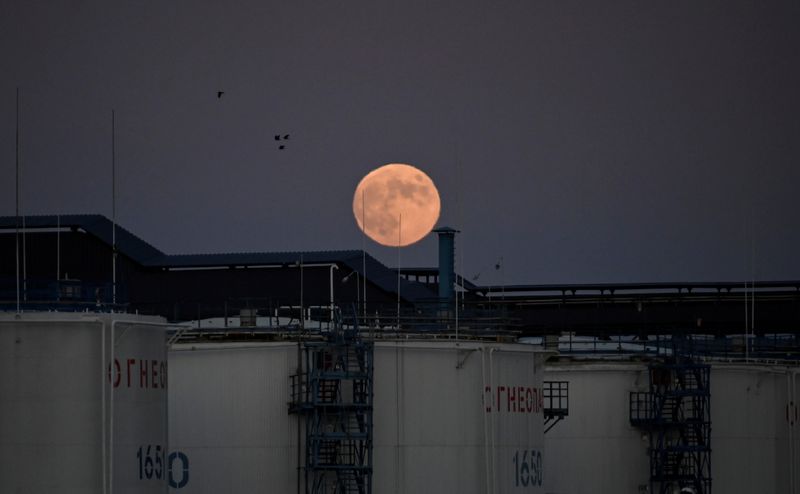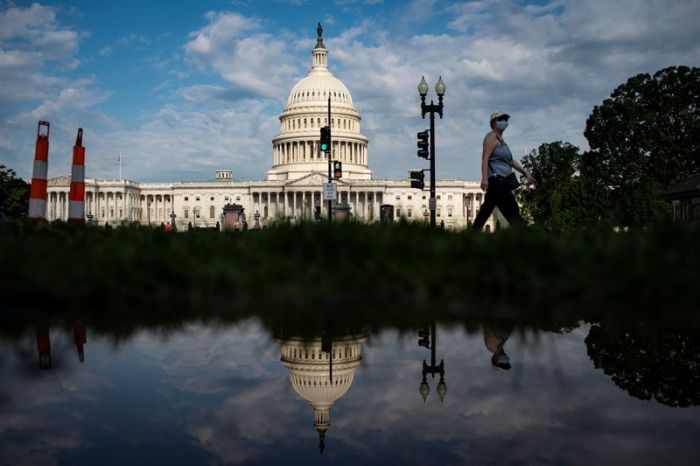NEW YORK (Reuters) – Oil prices rose more than 1% on Wednesday following a drawdown in U.S. crude inventories from record highs and a string of positive manufacturing data, but a surge in coronavirus cases tempered gains.
Brent crude <LCOc1> rose 76 cents, or 1.8%, to settle at $42.03 a barrel. U.S. crude <CLc1> rose 55 cents, or 1.4%, to settle at $39.82 a barrel.
U.S. crude inventories <USOILC=ECI> fell more than expected, dropping by 7.2 million barrels last week, after hitting all-time highs for three consecutive weeks, Energy Information Administration data showed. Analysts had expected a 710,000-barrel drop.
“Saudi imports are down to a trickle and I think this draw is going to be the first in a string of draws,” said Phil Flynn, senior analyst at Price Futures in Chicago.
Much of the drawdown was also attributed to refiners ramping up production after reducing runs this spring because of the pandemic, as refinery utilization rates <USOIRU=ECI> rose by 0.9 percentage point to 75.5%, their highest since early April.
Improving global economic activity supported prices as well. U.S. manufacturing activity rebounded in June, hitting its highest level in more than a year as the broader economy reopened.
In China, factory activity grew at a faster clip in June, a private business survey showed. Germany’s manufacturing sector contracted at a slower pace in June, while French factory activity rebounded into growth.
In a sign that fuel demand is recovering, tens of millions of barrels of crude and oil products stored on tankers at sea due to the coronavirus crisis are being sold, shipping sources said.
However, investors are cautious after a surge in infections in the United States and a warning from the U.S. government’s top infectious disease expert that the number could soon double.
Following an agreement to curb supplies, the Organization of the Petroleum Exporting Countries produced an average of 22.62 million barrels per day (bpd) in June, a Reuters survey found, down 1.92 million bpd from May’s revised figure.
(Reporting by Stephanie Kelly in New York, additional reporting by Bozorgmehr Sharafedin in London and Aaron Sheldrick in Tokyo, Editing by Marguerita Choy and Emelia Sithole-Matarise)
















